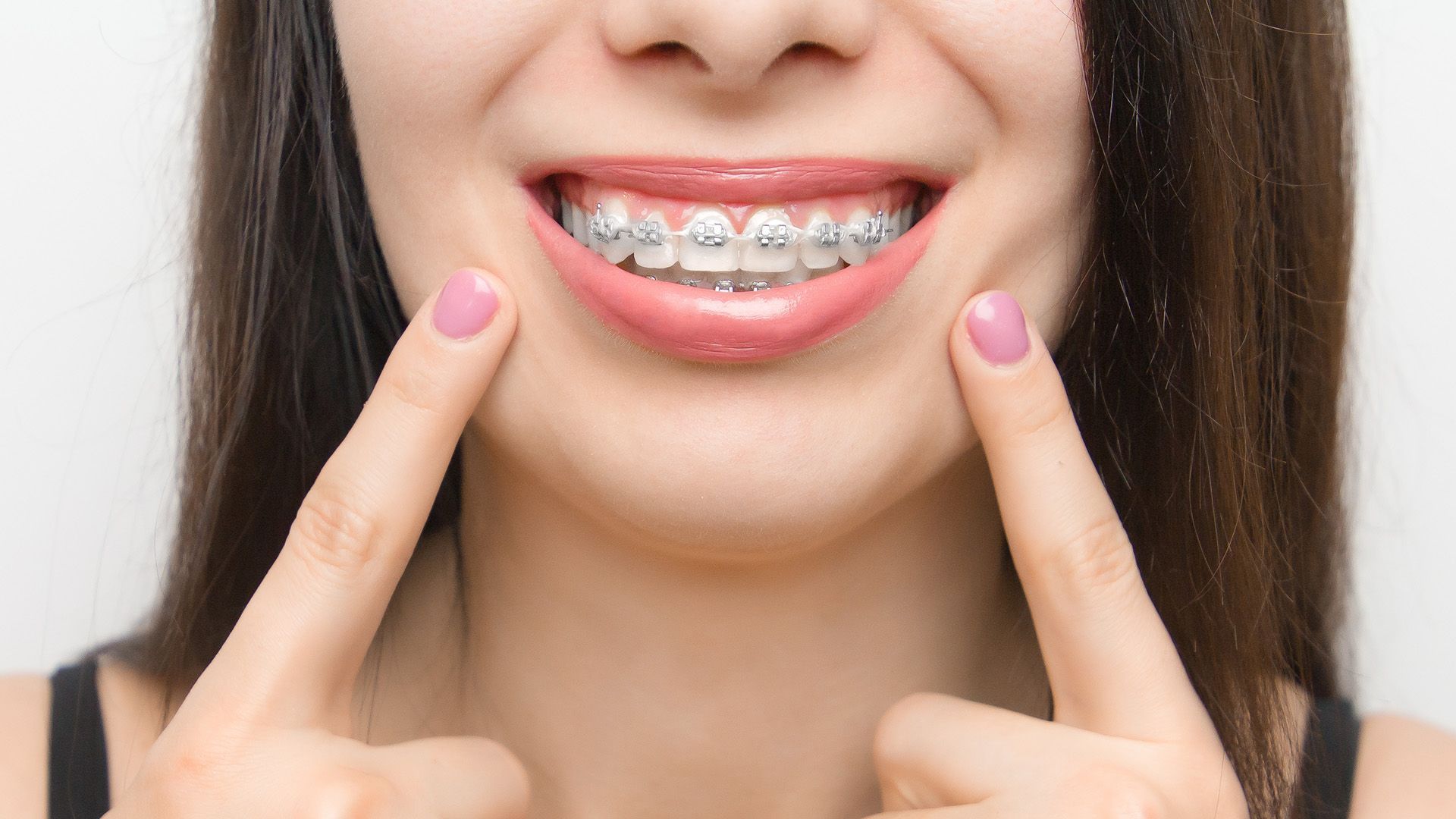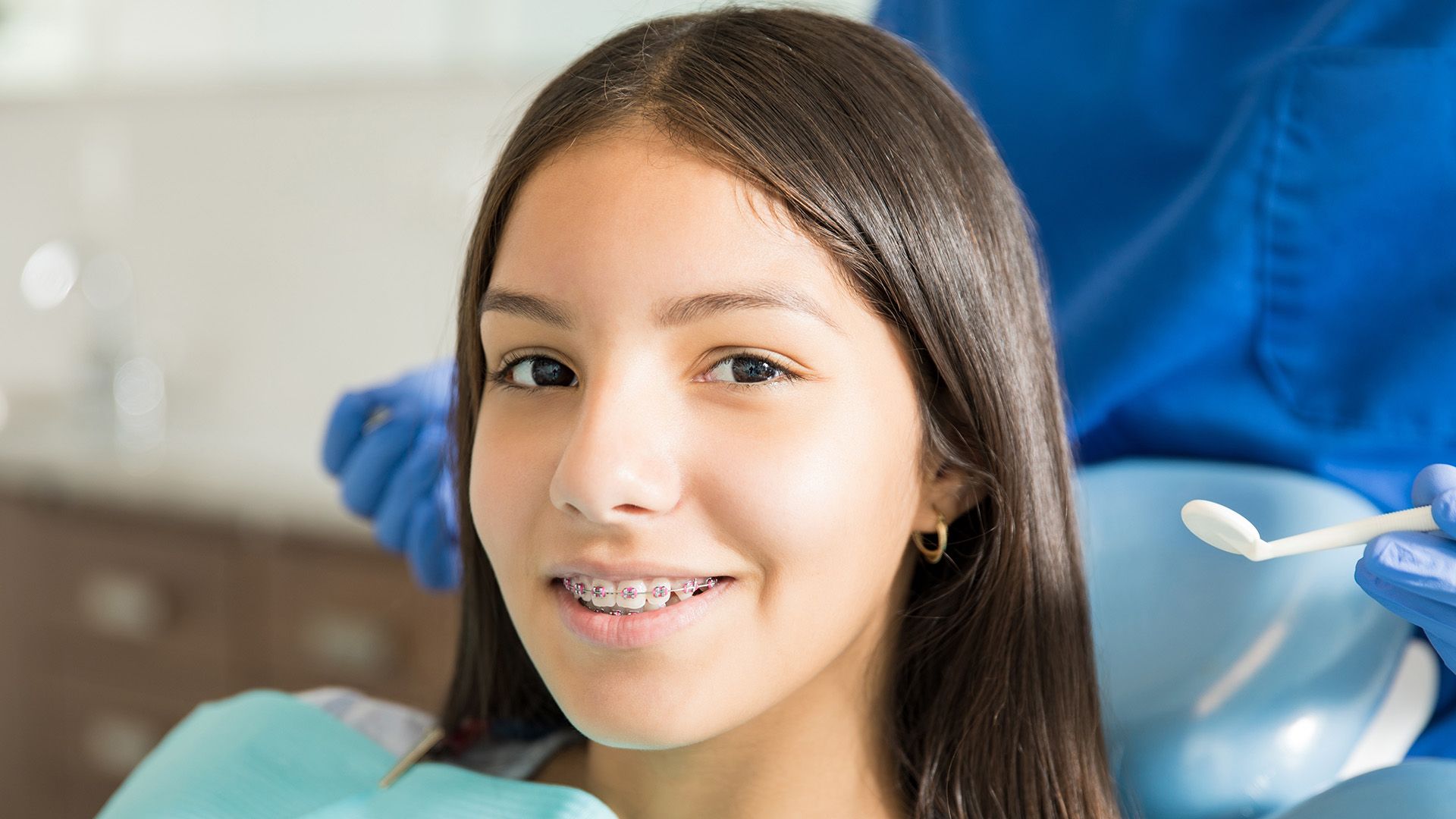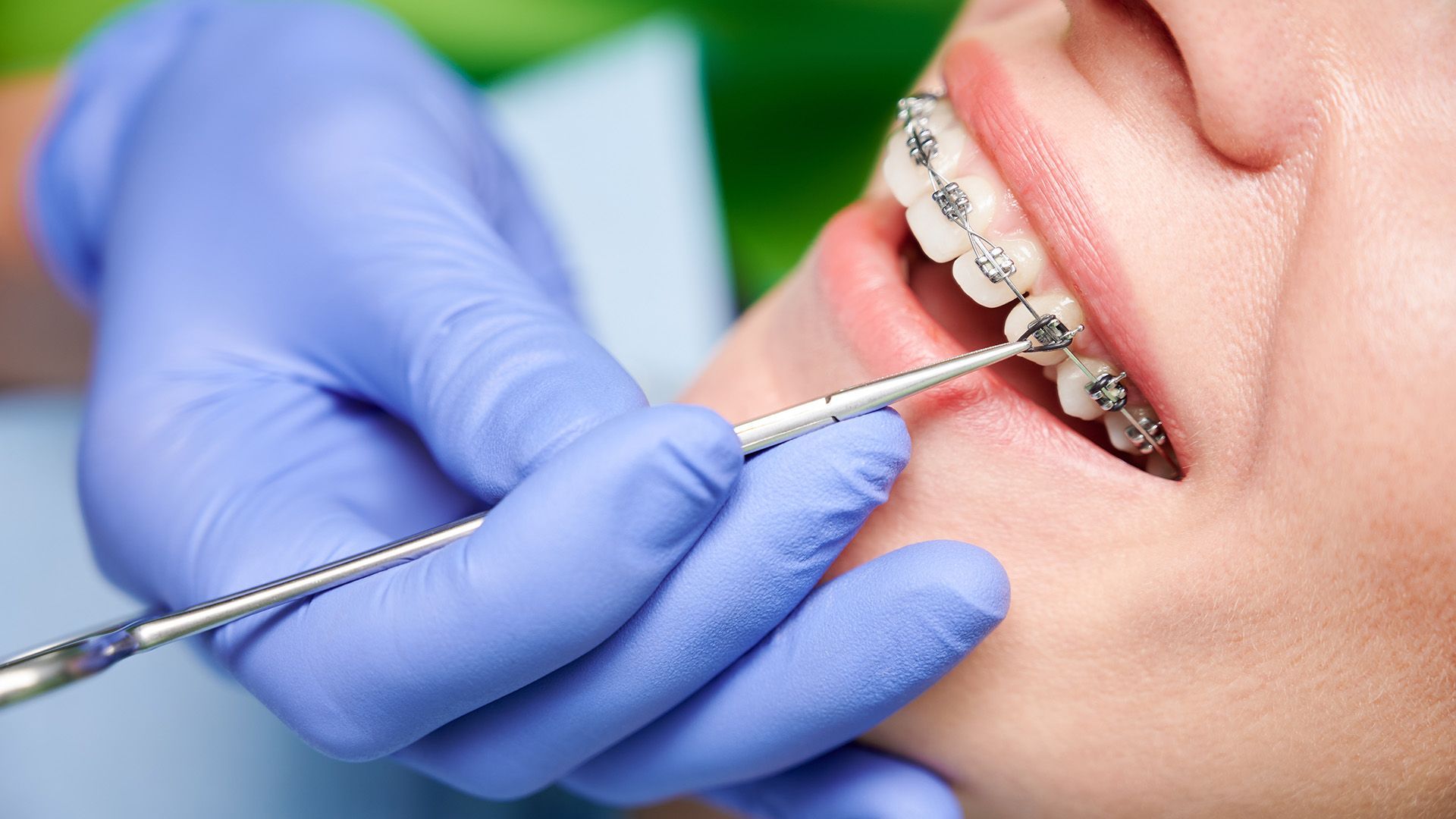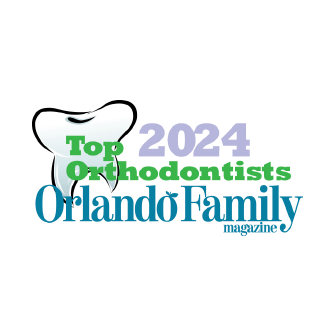The Connection Between Orthodontics and Speech Improvement
Orthodontics plays a pivotal role in enhancing not only the aesthetic appeal of smiles but also the clarity of speech. Many individuals may not realize that misaligned teeth and improper jaw positioning can significantly affect their ability to articulate sounds accurately. This article explores the intricate relationship between orthodontics and speech improvement, highlighting how specific orthodontic issues can impede verbal communication. Understanding this connection allows patients to appreciate the importance of addressing orthodontic concerns beyond cosmetic reasons, emphasizing the enhancement of speech development. Join us as we uncover how orthodontics can support and elevate your speech capabilities, leading to significant speech improvement.
Understanding Speech and Its Importance
Speech, the verbal expression of thoughts, ideas, and emotions, comprises articulation, rhythm, and conversational flow—key elements of effective communication. Clear speech enables individuals to express themselves precisely and engage meaningfully with others. In both social and academic contexts, clear speech fosters connections and facilitates learning. For children, articulating thoughts clearly impacts social interactions and self-esteem, while in academic settings, effective communication aids in expressing ideas, participating in discussions, and receiving peer and educator feedback. Therefore, clarity in speech is crucial for personal development and academic success.
Many individuals face common speech challenges that hinder effective communication, such as articulation disorders where sounds are mispronounced, or fluency disorders like stuttering that disrupt speech flow. Voice quality issues can also affect speech perception. Addressing these challenges is vital, as they impact social relationships and academic performance. Orthodontics can contribute to speech improvement by correcting dental and jaw alignment, enhancing articulation and overall communication skills.
How Orthodontic Issues Affect Speech
Orthodontic issues, particularly bite misalignment, can profoundly affect speech pronunciation. When the upper and lower teeth do not align correctly, individuals may struggle to produce certain sounds clearly, such as sibilant sounds like 's' and 'z,' resulting in unclear or slurred speech. This misalignment creates barriers to effective communication, influencing both personal and professional interactions.
The dental arch's shape is also essential for speech clarity. A narrow or irregular arch can restrict tongue movement, crucial for articulating sounds. Limited tongue movement may lead to difficulties in producing specific phonetic sounds, resulting in speech impediments. Orthodontics can rectify these issues, enabling improved tongue positioning and speech clarity, thus facilitating speech improvement.
Speech impediments commonly linked to orthodontic problems include lisps, arising from improper tongue placement due to misaligned teeth. Consonant sound difficulties may occur when dental structures interfere with airflow. Addressing orthodontic issues through orthodontics improves dental aesthetics while fostering better speech development and communication skills.
Orthodontic Treatments That Support Speech Improvement
Orthodontic treatments offer various options designed to realign teeth and enhance oral health. Common treatments include traditional metal braces, ceramic braces, and clear aligners, tailored to individual needs. These treatments not only improve smile aesthetics but also address speech issues arising from misaligned teeth or improper jaw positioning.
Braces and aligners effectively tackle specific speech challenges. Misaligned teeth can obstruct proper sound articulation, leading to speech difficulties. Realigning teeth through orthodontics creates a more functional oral cavity, facilitating clearer speech production. Patients often experience significant speech improvement in articulation post-treatment, boosting confidence in social and academic environments.
Early intervention is crucial in children's speech development. Addressing orthodontic issues early prevents serious complications later. Evaluating a child's dental and speech development by age seven allows orthodontists to implement treatments promoting healthy speech patterns. This proactive approach facilitates proper speech improvement and supports emotional and social growth, enabling children to communicate effectively with peers and adults.
Post-Treatment Speech Development and Maintenance
Maintaining speech clarity post-orthodontic treatment is essential for effective communication and confidence. Practicing tongue twisters and daily reading aloud can reinforce proper tongue and lip placement, promoting clearer speech. Mindful enunciation during conversations enhances speech clarity further.
Integrating speech therapy with orthodontic care significantly benefits speech development. A speech therapist provides targeted exercises and strategies to address residual speech issues post-treatment. Collaboration between your orthodontist and speech therapist ensures a comprehensive approach, optimizing alignment and articulation results.
Throughout and after orthodontic treatment, expect noticeable speech improvements. Patients often report clearer pronunciation and reduced difficulties with sounds affected by misaligned teeth or jaw position. Positive changes in oral structure improve airflow and sound production, enhancing speech patterns. Prioritizing speech improvement and seeking support when needed ensures enjoying the full benefits of your orthodontic journey.














